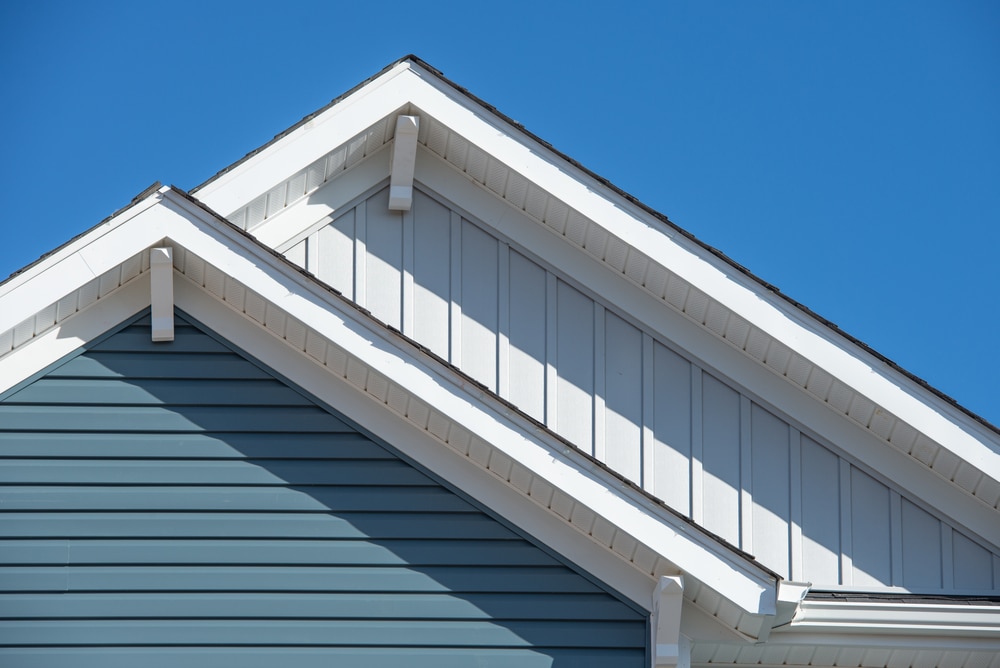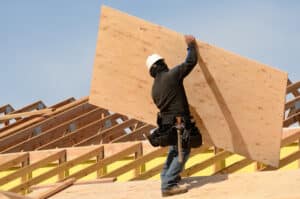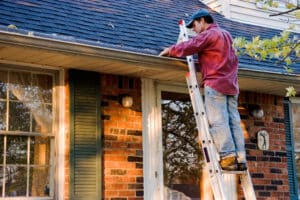Fascia is a board mounted at the point where the roof meets the outer walls of the house. It acts as a finishing edge or trim that connects to the ends of rafters and trusses. It is fixed directly to the roof trusses and usually supports the bottom row of tiles and carries all the guttering. Fascia boards are typically made of wood, but can also be made out of vinyl, aluminum, and plastic.
Fascia is meant to protect the roof and the interior of the home from moisture by blocking it from entry. It does have an aesthetic role as well; it creates an even appearance along the roof’s edge. If water gets behind the fascia board, it is vulnerable to damage. Improper shingle overhangs, clogged gutters, and winter ice dams are the primary causes of damage.
To see if the fascia board is damaged, look for cracks, splinters, or discoloration. Heavy water exposure will cause rotten fascia boards to detach from the house. Replacement should be done immediately to prevent any more damage.
You can protect the fascia board by installing a drip edge; this is an L-shaped piece of metal. It gets nailed into the roof’s decking and sits below the first layer of shingles. A drip edge will deflect water away from the fascia board.
Picking naturally decay-resistant species of wood can also help protect your fascia board. Don’t nail a fascia board near the edge of the end grain; it makes it more prone to splitting. Split ends are unsightly and allow water to get into the board, which will eventually cause them to rot and need to be repaired all over again. Using the correct nails will help it last, too. Painting the edges of fascia boards is also helpful; it protects the vulnerable portion of the board.
Call 603-673-0006 to schedule an evaluation with a trained roofing specialist from Adam Vaillancourt Roofing.




